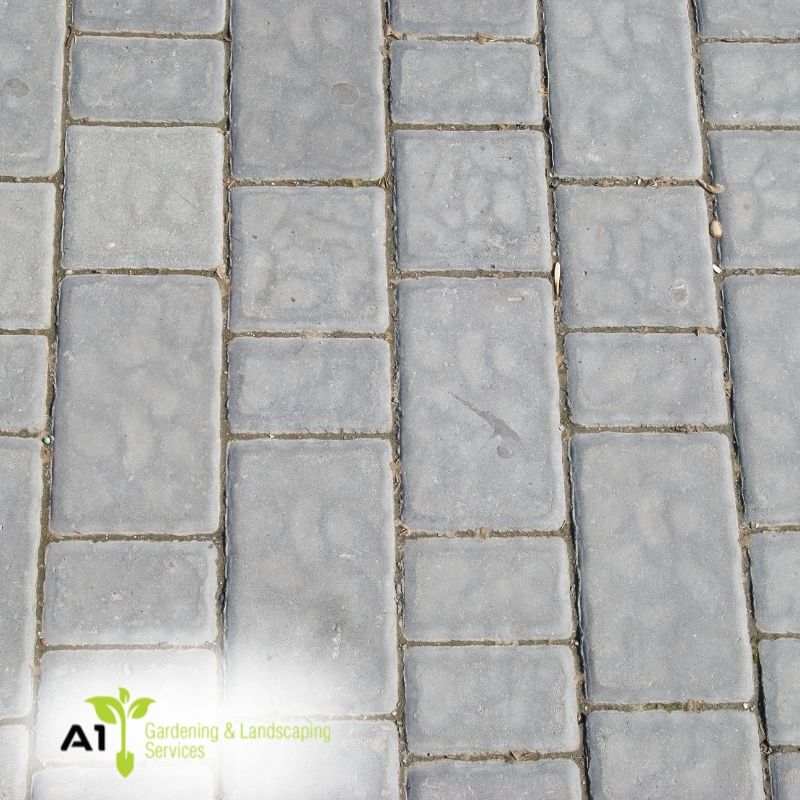If you’re looking to refresh your outdoor spaces without creating a visual circus, grey paver bricks might just be your best bet. These understated yet versatile blocks have become a go-to for homeowners chasing both function and style. Unlike traditional red bricks or flamboyant tiles, grey pavers offer a balanced, neutral palette that doesn’t overpower your landscape design.
They’re not just about good looks either. Grey paver bricks come packed with practical benefits: they’re strong, weather-resistant, and easy to work into nearly any design scheme. Whether you’re laying a new path, building a patio, or framing a garden bed, they give you flexibility without fuss.
Let’s dive into how grey pavers can fix common landscaping headaches, where they shine against other options, and what might give you pause before you commit. You’ll also learn cost-effective ways to use them, how they boost curb appeal, and how to keep them looking schmick for years.
What problems do grey paver bricks solve in landscaping?
Landscaping often turns into a juggling act — balancing durability, drainage, style, and upkeep. Grey paver bricks step in as a steady, no-nonsense solution.
-
They handle water runoff efficiently, reducing puddles and drainage drama.
-
Their textured surface offers a non-slip grip, ideal for Aussie backyards with high foot traffic.
-
They suit modern and traditional homes alike, solving design clashes without compromise.
-
Grey tones hide dirt and stains better than lighter materials, keeping paths tidy longer.
When you factor in how much grey paving bricks usually cost, it’s clear they also help you stick to a sensible budget without sacrificing quality.
Are grey paver bricks more durable than other options?
Paver longevity often gets overlooked until cracks appear. Grey bricks don’t just look tough — they are.
-
Concrete grey bricks are designed to handle decades of wear and tear.
-
They’re resistant to UV and frost damage, reducing the risk of premature breakdown.
-
The interlocking nature of pavers adds structural strength, especially under load.
-
Their modular size makes repairs easier than poured concrete or stone.
If you’re after a tough surface that’s still flexible in design, choosing premium grey paver styles offers both staying power and good looks.
Why do homeowners hesitate to choose grey paver bricks?
Despite their benefits, some folks still drag their heels when it comes to grey pavers. Most of this hesitation comes down to perception, not performance.
-
Some worry they look too plain compared to coloured or patterned options.
-
Others think neutral tones feel cold or industrial.
-
Misconceptions about installation complexity or the benefits of paver brick options can scare off first-timers.
But these concerns don’t always hold water. Grey bricks come in different shades, textures, and sizes, offering more variety than people expect. When paired with greenery or timber features, they’re far from dull.
How can grey paver bricks enhance outdoor aesthetics?
It’s easy to assume neutral colours are boring, but in design, restraint often creates the best results. Grey bricks act as a backdrop that lets other elements shine.
-
They work well with both natural tones and bold colours in furniture or planting.
-
Grey pavers reflect light subtly, creating a soft, modern visual effect.
-
Uniformity in brick shape and colour creates clean lines, perfect for structured spaces.
-
Their muted tones help emphasise textures — timber fences, metal planters, or stone features.
For inspiration, look into how brick pavers change your garden style by focusing on layout, contrast, and surrounding materials.
What are the most affordable ways to lay grey paver bricks?
Laying pavers doesn’t have to bust your budget. With smart prep and a simple design, you can cut costs without cutting corners.
-
Stick to basic laying patterns like stretcher bond or herringbone.
-
Use crushed rock or sand base layers to cut down on concrete costs.
-
Avoid complex curves — straight lines mean fewer cuts and faster labour.
-
Reuse edging materials from previous projects or local salvage yards.
To keep costs in check, planning around how much grey paving bricks usually cost is the smartest way to start.
| Paver Layout Style | Material Waste | Labour Time | Aesthetic Appeal |
| Stretcher Bond | Low | Short | Clean & Modern |
| Herringbone | Medium | Moderate | Traditional Charm |
| Basket Weave | High | Long | Vintage Look |
Is it easy to maintain surfaces paved with grey bricks?
No one wants a weekend swallowed up by high-maintenance paving. Thankfully, grey bricks are pretty forgiving.
-
A quick sweep and occasional high-pressure wash keep them looking sharp.
-
Most marks disappear thanks to their stain-hiding tones.
-
Weed growth between bricks is easy to manage with joint sand or sealant.
-
Unlike poured concrete, individual pavers are easy to replace if cracked or damaged.
These low-maintenance perks make them a smart long-term choice, especially when comparing the benefits of paver brick options with other materials.
Final thoughts on choosing grey paver bricks for your landscape
There’s a reason grey paver bricks are gaining popularity — they work. Their balance of strength, subtle style, and cost-efficiency makes them a reliable choice for almost any outdoor project. Whether you’re refreshing a patio, building a path, or updating a driveway, they give you flexibility without fuss.
For those unsure where to begin, let A1 Gardening & Landscaping Sydney help plan your project — their team understands how to match materials to vision, and they’ve worked with bricks like these for yonks.

